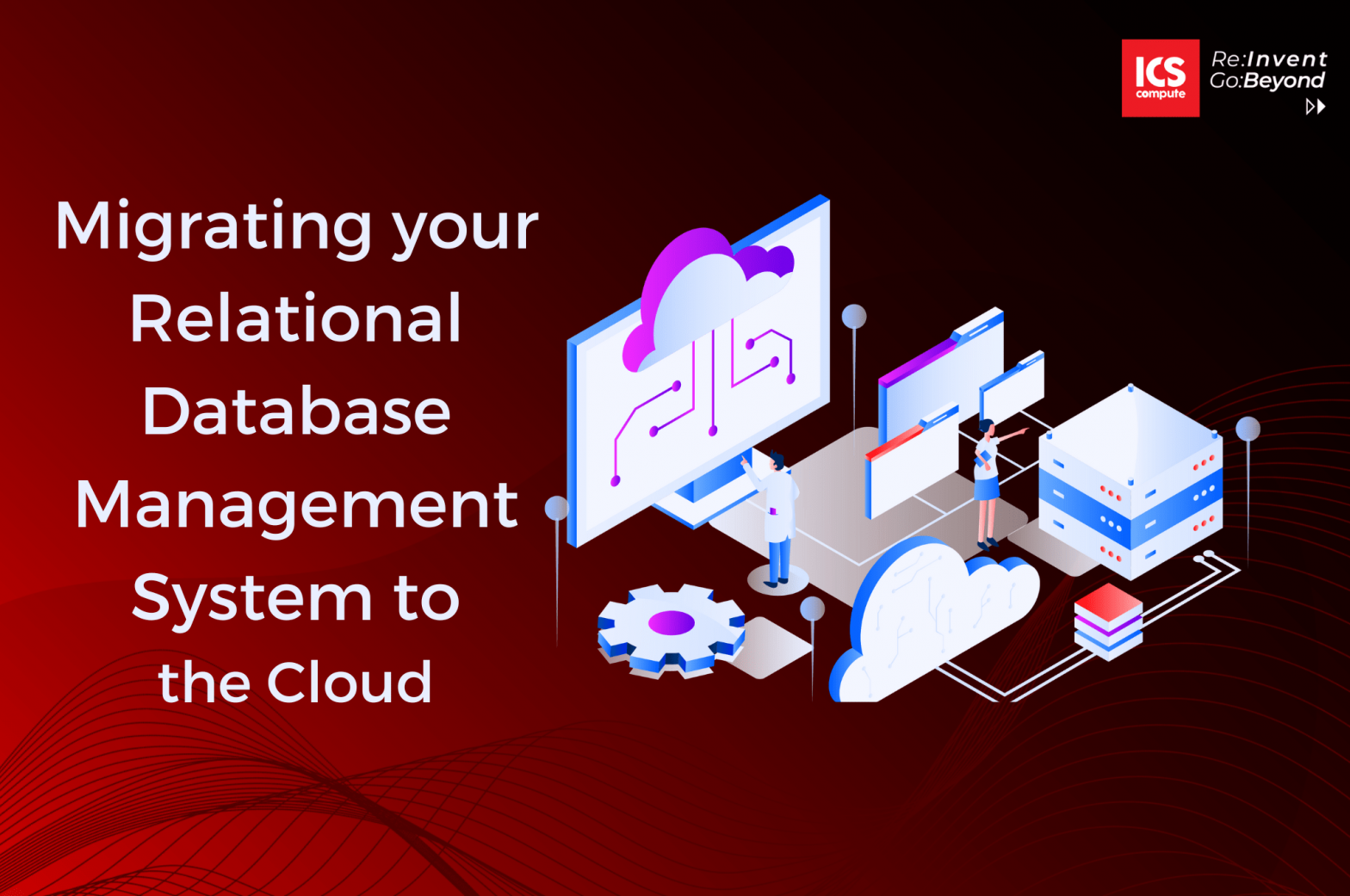Migrating Your RDBMS To The Cloud: How To Modernize and Maximize Your Database With AWS

Migrating Relational Database Management Systems (RDBMS) from your traditional sever to a cloud-based can be hard work. Whether you’re an enterprise organization or a small business, AWS can help you modernize and maximize your database while keeping costs down.
In this blog post, we will cover the process of migrating your RDBMS to the cloud with AWS. We’ll look at what is involved in moving your system, examine the advantages of doing so, and discuss best practices for successfully transitioning your database. Let’s get started!
Why Migrate Your RDBMS to the Cloud?
There are many reasons to migrate your RDBMS to the cloud, including:
– Cost savings: With the pay-as-you-go model of cloud computing, you only pay for the resources you use. This can lead to significant cost savings compared to traditional on-premises solutions.
– Elasticity: The cloud is highly scalable, so you can easily add or remove capacity as needed. This can be a major advantage when dealing with spikes in demand.
– High availability: Cloud providers offer high levels of uptime, so you can be confident that your database will be available when you need it.
– Disaster recovery: In the event of a disaster, you can quickly spin up new instances in the cloud and get your business back up and running with minimal downtime.
What is AWS?
AWS is a cloud computing platform that offers on-demand compute resources, storage, and other services. It is a pay-as-you-go model that allows you to scale up or down as needed. AWS can be used to host web applications, databases, and analytics workloads.
How to Migrate Your RDBMS to AWS
If you’re running an on-premises RDBMS like MySQL, Oracle, MySQL, PostgreSQL or Microsoft SQL Server, you may be considering migrating to AWS. There are several reasons to do this, including the scalability and flexibility of the cloud, the cost savings of pay-as-you-go pricing, and the ability to take advantage of newer technologies like Amazon Aurora.
The process of migrating your RDBMS to AWS can be divided into three main steps: 1) preparing your data; 2) setting up your AWS infrastructure; and 3) migrating your data.
1. Preparing Your Data
The first step is to prepare your data for migration. This involves ensuring that it is in a format that can be imported into an Amazon RDS or Aurora instance. You will also need to create a backup of your database before beginning the migration process.
2. Setting Up Your AWS Infrastructure
The next step is to set up your AWS infrastructure. This includes creating an Amazon VPC and launching an Amazon RDS or Aurora instance within it. You will also need to create an IAM role with the necessary permissions for accessing your RDS or Aurora instance.
3. Migrating Your Data
Once your AWS infrastructure is set up, you can begin migrating your data. This can be done using either the mysqldump or Oracle’s impdp utility. For large databases, it may be necessary to use a tool like AWS Database Migration
What are the Benefits of Migrating to AWS?
There are many benefits of migrating to AWS, including the ability to scale your database on demand, improve performance with optimized hardware and operating system, and reduce costs by moving to a pay-as-you-go model. Additionally, AWS provides a variety of tools and services to help you manage your database in the cloud.
How to Maximize Your Database With AWS
AWS provides the most comprehensive set of tools and services to help you migrate your RDBMS to the cloud. With AWS, you can modernize your database while maximizing your performance, availability, and scalability.
To maximize your database with AWS, follow these best practices:
1. Use Amazon DynamoDB for your NoSQL data needs. DynamoDB is a fully managed NoSQL database that delivers fast and predictable performance at any scale. It is easy to use and provides built-in security and encryption.
2. Use Amazon RDS for your relational database needs. RDS is a managed relational database service that makes it easy to set up, operate, and scale your databases in the cloud. It offers high availability and durability, and provides built-in backup and recovery capabilities.
3. Use Amazon ElastiCache for caching frequently accessed data in memory. ElastiCache is a managed in-memory cache service that improves application performance by retrieving data from a fast, managed cache instead of fetching it from a database.
4. Use Amazon EMR for big data processing and analysis. EMR is a managed big data platform that makes it easy to process and analyze large amounts of data using open source frameworks such as Hadoop, Hive, Spark, and Presto.
Conclusion
Migrating your RDBMS to the cloud with AWS is an effective way to modernize and maximize your database. With its vast suite of services, AWS provides a powerful platform for businesses that need to streamline their operations and take advantage of automated solutions. By leveraging the scalability and reliability offered by Amazon’s cloud environment, you can create a cost-efficient system that meets both current needs and future growth. Migrating your RDBMS may seem intimidating at first, but it’s well worth considering if you want to increase efficiency while keeping costs down.
For further details, please contact our sales team in sales@icscompute.com.

